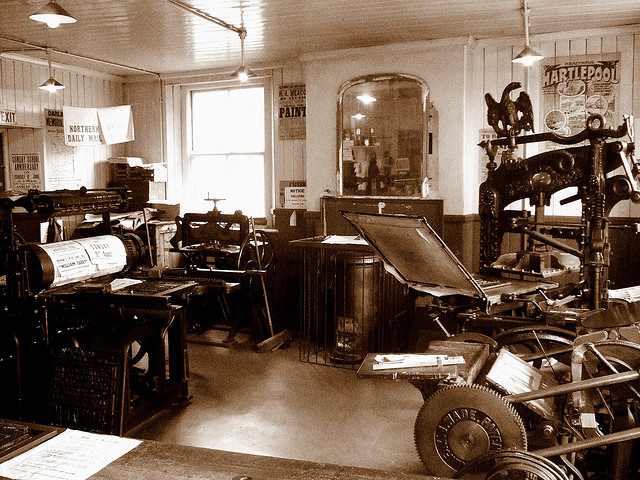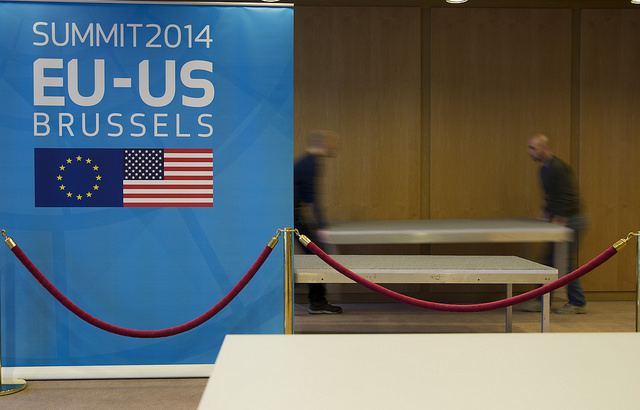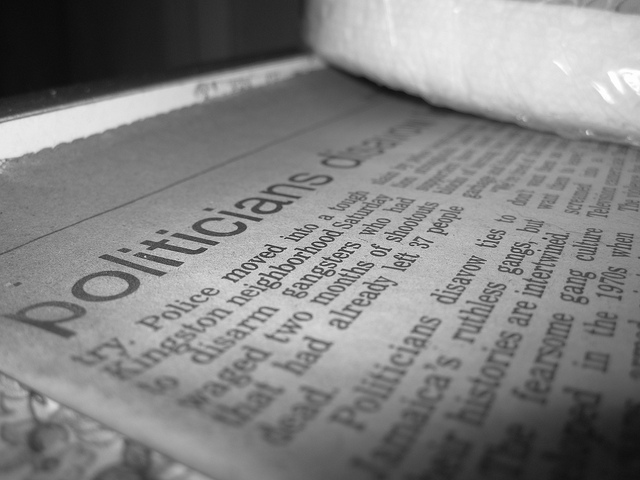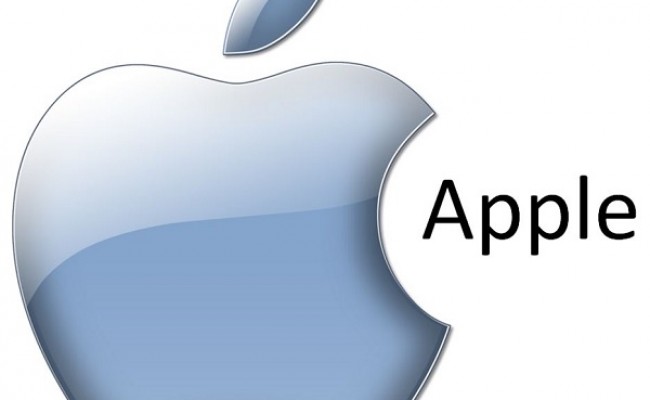10 Achievements of Mankind Made Possible by Economic Freedom
3. Printing press
A printing press is a device for applying pressure to an inked surface resting upon a print medium (such as paper or cloth), thereby transferring the ink. Typically used for texts, the invention and spread of the printing press is widely regarded as the most influential event in the second millennium, revolutionizing the way people conceive and describe the world they live in, and ushering in the period of modernity.
The printing press was invented by the German goldsmith Johannes Gutenberg around 1440, based on existing screw presses. Gutenberg developed a complete printing system, which perfected the printing process through all of its stages by adapting existing technologies to the printing purposes, as well as making groundbreaking inventions of his own. His newly devised hand mould made the precise and rapid creation of metal movable type in large quantities possible for the first time, a key element in the profitability of the whole printing enterprise.
The invention of the printing press and the subsequent revolution in science and education were made possible by the greater artistic and economic freedoms of the Early Renaissance period, which resulted in the break from the feudal system by the Western society and the development of capitalism and free trade in the northern Italian city-states such as Venice, Genoa, Bologna, Florence, and Milan.







